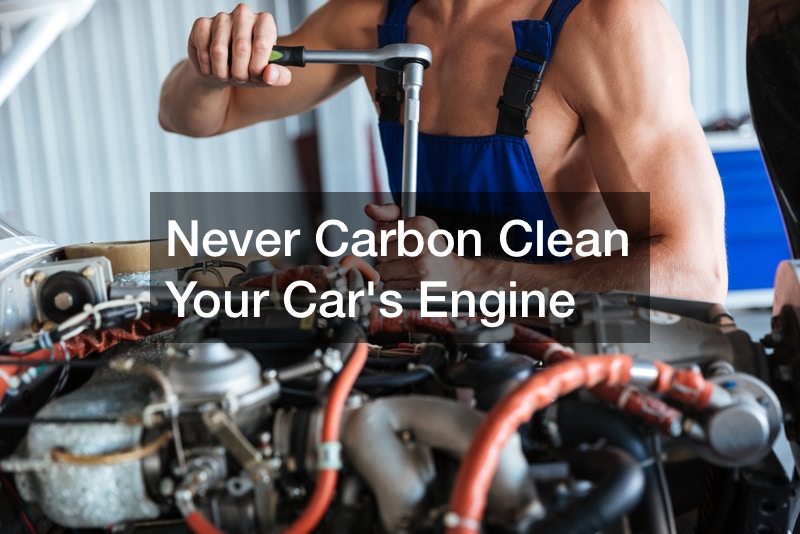Deciding Between a Supercharger and a Turbocharger


Deciding between a supercharger and a turbocharger involves understanding each forced induction system’s distinct characteristics and performance attributes. Both superchargers and turbochargers aim to increase an engine’s power output, but they do so through different means and with varying pros and cons.
Superchargers are mechanically driven by the engine’s crankshaft via a belt or chain, providing immediate power delivery throughout the RPM range. This instantaneous boost results in a linear power delivery and throttle response, making superchargers ideal for applications where low-end torque and immediate acceleration are prioritized. However, they can be less efficient due to the power required to drive them.
On the other hand, turbochargers are powered by exhaust gases, utilizing wasted energy from the engine to compress intake air. This delayed power delivery, known as turbo lag, can be a drawback, but once spooled up, turbochargers offer impressive power gains and efficiency, particularly at higher RPMs. Additionally, turbochargers can provide significant power increases without adding significant load to the engine.
Factors such as intended use, driving preferences, and budget must be considered when deciding between a supercharger and a turbocharger. Superchargers excel in immediate power delivery and responsiveness, while turbochargers offer efficient power gains and higher potential for increased horsepower. Ultimately, the choice between the two depends on individual priorities: supercharger and turbocharger price and the vehicle’s specific requirements or application.



